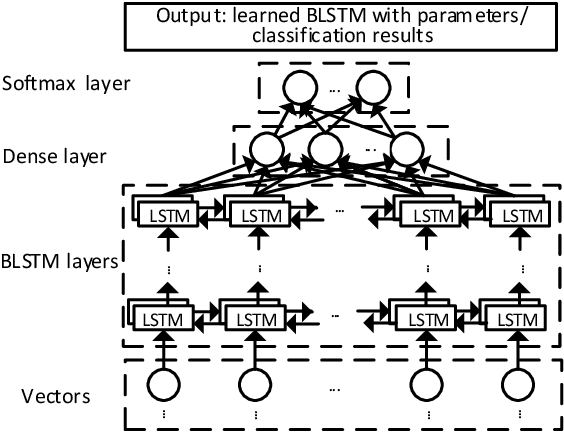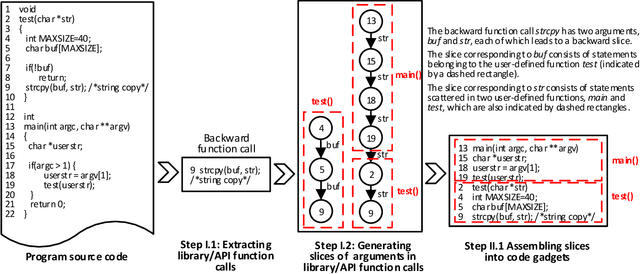VulDeePecker: A Deep Learning-Based System for Vulnerability Detection
Paper and Code
Jan 05, 2018



The automatic detection of software vulnerabilities is an important research problem. However, existing solutions to this problem rely on human experts to define features and often miss many vulnerabilities (i.e., incurring high false negative rate). In this paper, we initiate the study of using deep learning-based vulnerability detection to relieve human experts from the tedious and subjective task of manually defining features. Since deep learning is motivated to deal with problems that are very different from the problem of vulnerability detection, we need some guiding principles for applying deep learning to vulnerability detection. In particular, we need to find representations of software programs that are suitable for deep learning. For this purpose, we propose using code gadgets to represent programs and then transform them into vectors, where a code gadget is a number of (not necessarily consecutive) lines of code that are semantically related to each other. This leads to the design and implementation of a deep learning-based vulnerability detection system, called Vulnerability Deep Pecker (VulDeePecker). In order to evaluate VulDeePecker, we present the first vulnerability dataset for deep learning approaches. Experimental results show that VulDeePecker can achieve much fewer false negatives (with reasonable false positives) than other approaches. We further apply VulDeePecker to 3 software products (namely Xen, Seamonkey, and Libav) and detect 4 vulnerabilities, which are not reported in the National Vulnerability Database but were "silently" patched by the vendors when releasing later versions of these products; in contrast, these vulnerabilities are almost entirely missed by the other vulnerability detection systems we experimented with.
 Add to Chrome
Add to Chrome Add to Firefox
Add to Firefox Add to Edge
Add to Edge